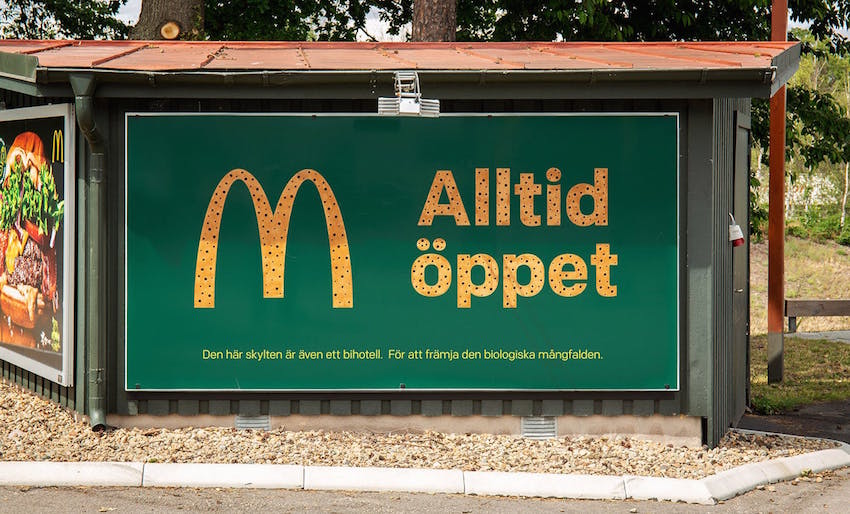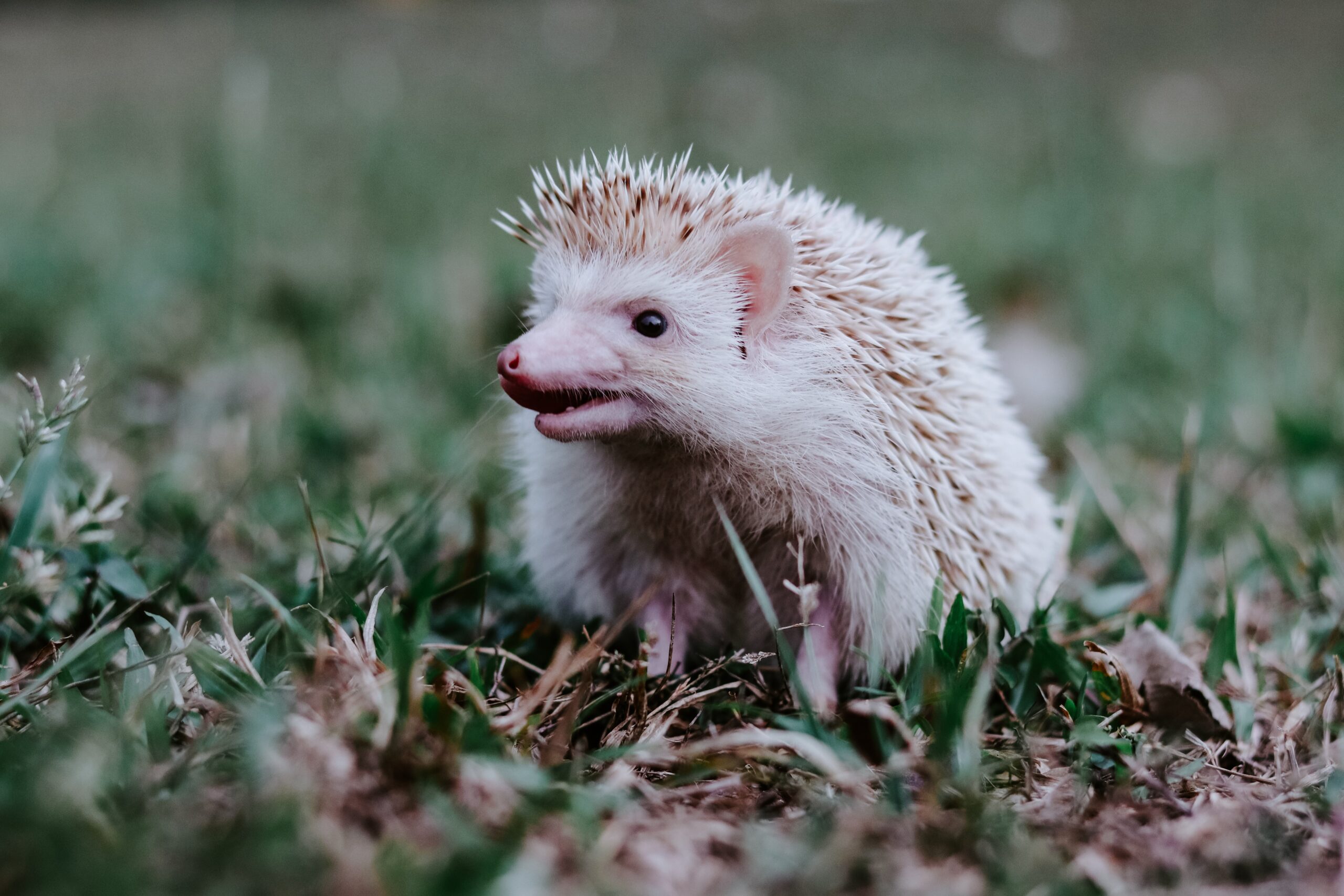Our world of nature
Busy bees, millions of trees and… killer hedgehogs too.
20 million ways an important harbour is getting some much-needed help.
Kaipara Harbour has the longest harbour shoreline in the Southern Hemisphere. Our biggest enclosed estuarine harbour also has an equally large catchment. Looking after more than 6000sq km of catchment demands a considerable investment.
Now the far-reaching $200 million Kaipara Moana Remediation project will provide this protection. As a result more than 20 million native trees and other plants will eventually grow around the harbour – which will vastly reduce erosion and sediment while increasing water quality. This means healthier swimming and far more fish and shellfish.
The plan follows the success of Raglan’s Whāingaroa Harbour project. Here over 2.1 million trees have been planted since 1995. As a result sediment in the harbour has fallen by 90% and fish catch averages have risen incredibly – from one every 18 hours to three every hour!
For more on this result and the plan for Kaipara Harbour the Radio New Zealand article is worth a few minutes of your time.

A recent advertising campaign that’s creating some real buzz.
Did you know what else billboards are good for (besides telling you why your life is so empty without that purchase of a new car or stylish lounge suite)?
Bees. That’s right… bees.
In Sweden 30% of wild bees are threatened with extinction, often due to habitat loss. Some McDonald’s franchises have responded by building roof beehives, which in turn inspired some creative types to come up with the bee billboard idea. If you can’t get your hands on a billboard, we suggest buying one of our beautiful bamboo bug huts – or making one of your own.
Doing some good in the world.
After the previous administration appeared to often follow an environmental approach of ‘stuff the planet, let’s make money’ the White House is now once more working in a guardianship role when it comes to protecting birdlife in the United States.
In May came the news that the Biden administration is proposing to restore the key protections of a 102-year-old law that had previously been weakened. The changes in the Migratory Bird Treaty Act pre-election allowed “industry and individuals to unintentionally kill any number of birds” without consequence. The new proposal would again prosecute those who “fail to take proper precautions to not harm the animals.” Nice.
Cute, kind of cuddly… and altogether murderous
One of the Guardian’s most popular articles recently is this one on the role of the hedgehog in New Zealand’s environment. It starts with the warning that “these small, trundling, spiky creatures are killing machines” – and it doesn’t pull the punches after that.
The article follows the work of Nick Foster, a PhD candidate at the University of Otago, as he uses high-tech means to track and study the predatory daily lives of the hedgehog.
“New Zealand is a hedgehog paradise. Whereas in Europe they are hunted by pine martens, foxes and badgers, New Zealand’s hedgehogs have few predators. Unchecked by the food chain, they meander blissfully through forests and gardens, hoovering up an astonishing number of native creatures.” Killing machines: humble British hedgehog causes havoc in New Zealand. Guardian, 7th May, 2021.
While many of us know about the danger the humble ‘hog poses to our precious wildlife it’s great to see the issue out in the public eye. So please, don’t be fooled by their cute little looks. These animals can eat a huge number of eggs, lizards and wētā in a single day, making them just as much a risk to our biodiversity as the stoat and possum. It’s a fascinating article and well worth a read.
In the meantime don’t let hedgehogs cross the road, don’t let them feast on your local birds and don’t be fooled by their looks!

